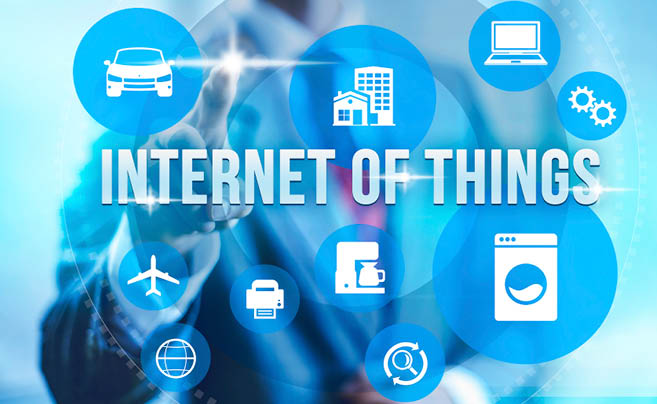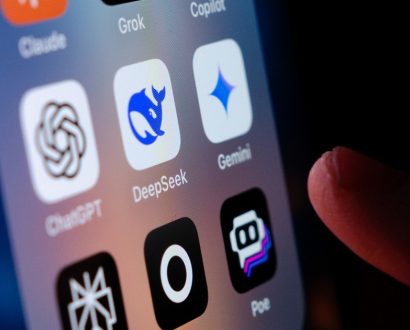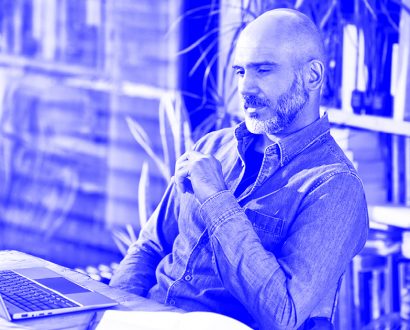In the Age of the Customer we now live in, every business needs to design and execute its own pathway to a digital future, or become ‘roadkill on the information superhighway’. There is much early evidence to suggest the Internet of Things (IoT) will play a huge role in enabling this transformation.
What is IoT?
IoT is about connecting assets of all kinds (machines, property facilities, fleets), networks and even people to sensors and controls, and then intelligently feeding the sensor data into advanced analytics applications and predictive algorithms. IoT helps companies sense and respond–in near real time–to market, environmental and customer relationship triggers, enabling them to be truly intelligent organisations.
Why is IoT gaining momentum so quickly?
Over the past ten years, the halving of sensor technology costs, coupled with the massive fall in bandwidth, processing, and storage costs have laid the foundation for the explosive growth in IoT we are witnessing today. The number of things connected to the Internet will likely reach 50 billion in 2020, and probably more.
It is not merely the volume of connectable devices and things that is significant, but the number of ways they can be connected. The shift from mobile Internet to the IoT is an order of magnitude change, just as the mobile Internet has been from the desktop PC.
These exploding connections are creating a sea of data, so-called ‘Big Data’. EMC & IDC forecast that 44 zettabytes of data will be generated in 2020–that is a 10-fold increase from today. A zettabyte is equivalent to 250 billion CD ROMs, or 323 trillion copies of War and Peace!
This ‘hyperconnected’ world will add enormous value to the real economy. A recent McKinsey research report forecast that IoT may add up to $11 trillion to the global economy per year in 2025. This will have an impact across all industries and all applications. Early adopters have been the security sector and the manufacturing industry, however, every sector is investing in IoT.
IoT is about more than just the ‘things’
Through my project experience and customer engagements, I’ve learned that IoT is not really about things or objects. Rather, it’s about the whole environment, not just objects within the environment. The objects make no sense without the context of the whole. The context of the whole is comprised of people, processes, ecosystems, and smart analytics that can power digital transformation.
Innovation must start with people first; it must adopt a human-centric approach. Whether you are going full-on digital or transforming a small part of your business, people–your employees, partners, and customers–are your most valuable assets. They are the source of new ideas and the key to turning those ideas into reality.
Utilising IoT effectively requires you to selectively harvest information that can be presented intelligently to the people that can make better decisions for your business, or design applications that will make those intelligent decisions for them.
IoT in action
Working at the forefront of IoT innovation with our R&D Labs, where we invest around $US2b each year in new technology, I am seeing this hyperconnected world take shape before my eyes. Here are a few examples of early IoT solutions that are being deployed:
- Working on outdoor equipment can be difficult and dangerous, with workers being exposed to heat and cold, heights as well as dangers from the equipment they’re working on. By using a wrist mounted ‘vital sensing band’, we can monitor employees for signs of hypothermia or heatstroke, remind staff to take breaks when they are tired, detect falls and warn staff of dangers like an approaching storm.
- Healthcare institutions are exploring low cost, high accuracy indoor positioning sensors to increase staff safety, improve patient monitoring, and better track medical equipment. In addition to improving security and asset management, this can allow hospitals to be much more precise about which staff they request to assist with patients in an emergency.
- Studies show that about 70% of accidents are caused by human error not directly attributable to traffic violations or driver skill. By using wearables, we can detect tired drivers and warn both them and their companies so that remedial action can be taken.
- IoT sensors on city streets can enable smart lighting to automatically adjust lighting intensity and tone to prevailing conditions to improve residential amenity and save energy when the streets are empty. These smart lighting systems can also serve a critical public safety function, providing visual indications of safe zones and escape paths in the case of a natural disaster, such as a tsunami.
Beyond the dawn of IoT
As the examples above show, the IoT market has huge potential to shape our lives both in business and in society. We can bring things together that were once separate, we can integrate and combine things in new ways and forms. The hyperconnected era will change how we create business and social value. The combination of IoT and Big Data will enable new ways of working, and has the potential for a positive impact on the wellbeing of people and the global economy.







